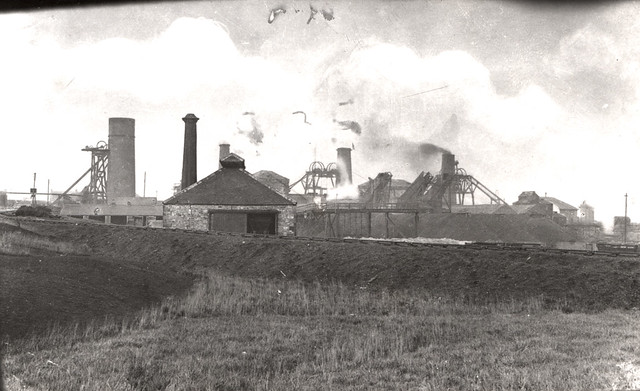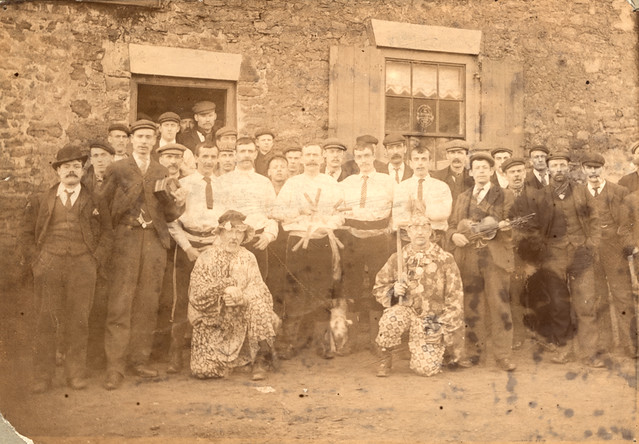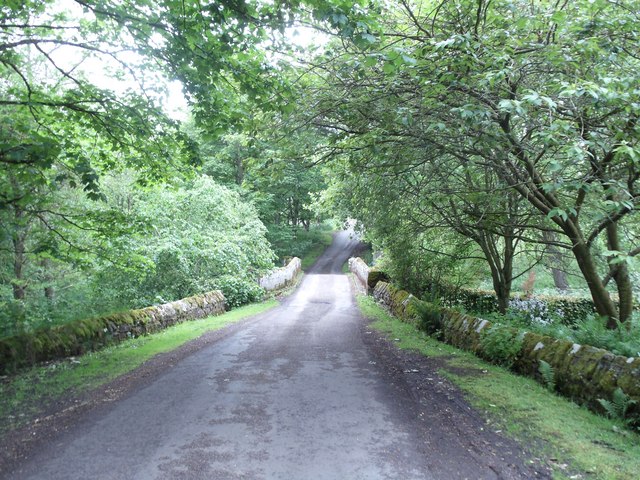Yale Center for British Art, New Haven CT - May 4, 2025

-
Description
John Wilson Carmichael, born in Newcastle upon Tyne, England, 1799; active in England; died in Scarborough, England, 1868 A View of Murton Colliery near Seaham, County Durham - 1843 In the nineteenth century, coal mining powered Britain’s rapid industrialization, which in turn drove momentous social and environmental changes. Carmichael’s painting celebrates the opening of Murton Colliery (or coal mine) in the northeast of England. At first glance, his subject appears rustic, almost a natural part of the landscape: a vision at odds with the dirty reality of the business. The bucolic stream would have in fact been formed by water pumped from the mine. The affable-looking men resting nearby with their pickaxes are “sinkers,” who would have excavated the pits at great risk to their safety. In the distance, women, some carrying their children, comb the ground for discarded coal to fend off the deprivations of rural poverty. Murton Colliery lay halfway between Durham and Sunderland in the northeast of England and was owned by the South Hetton Coal Company. Although shaft sinking began in February 1838, the mine did not open until April 1843, the year this celebratory picture was painted. The seam was reached with much difficulty, expense, and loss of life. In the foreground a group of conspicuously clean sinkers (laborers who dug mine pits from surface to bottom by hand) can be seen lounging and chatting by a winding, picturesque stream during a break, while the viewer is shielded from seeing their dirty and dangerous working conditions belowground. For instance, in 1842, one sinker, Michael Robson (father of Britain’s first female serial killer, Mary Ann Cotton) fell down a mine shaft at Murton Colliery while repairing a pulley wheel. His remains were reportedly delivered to his family inside a sack inscribed “Property of South Hetton Coal Company.” ___________________________ In a New Light: Five Centuries of British Art This installation sheds light on the surprising and complicated history of British art, bringing into focus the people and cultures that produced these artworks. From the sixteenth century to the present, Britain has attracted artists from all over the world, with their outputs as diverse as their origins. Many artists traveled or migrated to India, the Caribbean, and beyond. Individual and family portraits uncover the systems of class, gender, and race that undergirded societies around the globe and privileged the wealthy and influential. Other works depict landscapes, seascapes, manor houses, and cathedrals, often offering a record of the industrialization of an agrarian world. Allegorical, historical, and religious subjects further enrich our understanding of the expansive culture of a changing nation. Many highlights from the Paul Mellon Collection including Hadleigh Castle, The Mouth of the Thames—Morning after a Stormy Night by John Constable, Lion and Lioness by George Stubbs, and The Island of Barbados, attributed to Isaac Sailmaker, find new resonance with several recent acquisitions—such as Emma Soyer’s Young Mariner and Dog, Thomas Beach’s Four Servants of Ston Easton Estate, and Albert Huie’s Benjamin Dorrell. This display reflects not only the individual creators of these objects but also the societies that shaped them. https://britishart.yale.edu" rel="noreferrer nofollow">britishart.yale.edu Opened in 1977 through the generosity of Yale graduate and philanthropist Paul Mellon, the Yale Center for British Art holds the largest and most significant collection of British art outside the United Kingdom. The collection spans five centuries and is the foundation for a museum uniquely focused on the histories, legacies, and shifting contexts of British art. Housed in a celebrated modernist building designed by Louis I. Kahn, the museum is situated on the Yale University campus in the city of New Haven. It is free and open to all. "On the campus of Yale University, two art museums housed in landmark modernist buildings — each designed by Louis I. Kahn — sit directly across the street from one another. One, the Yale University Art Gallery, with an encyclopedic collection of about 300,000 objects, draws close to a quarter million people annually. The other, the Yale Center for British Art, with its specialized collection of more than 100,000 works from the 15th century to the present, brings in less than half that traffic. The British center is now aiming to even up those visitor numbers. It reopened in March after a two-year closure for conservation of the skylights and lighting throughout the building — the acclaimed architect’s last realized project, which opened in 1977 and is widely considered an artwork in itself — and with a fresh exhibition philosophy. A piece by Tracey Emin, who came to fame as one of the so-called Young British Artists in the 1990s alongside peers like Damien Hirst and Sarah Lucas, inaugurates a new program of contemporary works in the lobby. Her glowing sculptural installation, with yellow neon lighting proclaiming in script “I loved you until the morning” on a mirrored wall in the museum’s entrance court, is visible from the street. It serves as an “invitation” at the front door, said Martina Droth, the center’s director, who was appointed in January after working with its collections for 16 years, most recently as chief curator." https://www.nytimes.com/2025/04/25/arts/design/yale-british-art-tracey-emin-turner.html" rel="noreferrer nofollow">www.nytimes.com/2025/04/25/arts/design/yale-british-art-t... The museum’s collections include more than 2,000 paintings, 250 sculptures, 20,000 drawings and watercolors, 40,000 prints, and 35,000 rare books and manuscripts dating from the fifteenth century to the present. More than 40,000 volumes supporting research in British art and related fields are available in the Reference Library. The collection is rich with historic works by John Constable, Thomas Gainsborough, Joshua Reynolds, George Stubbs, and J. M. W. Turner, as well as works by major artists of the twentieth- and twenty-first centuries, including Hurvin Anderson, Francis Bacon, Vanessa Bell, Sonia Boyce, Cecily Brown, Barbara Hepworth, Anish Kapoor, Henry Moore, Ben Nicholson, Yinka Shonibare, and Barbara Walker. https://britishart.yale.edu/collections-overview" rel="noreferrer nofollow">britishart.yale.edu/collections-overview One of the museum's greatest treasures is the building itself. Opened to the public in 1977, the Yale Center for British Art is the last building designed by the internationally acclaimed American architect Louis I. Kahn. The structure integrates the dual functions of study center and gallery, while providing an environment for works of art that is appropriately elegant and dignified. The building stands across the street from Kahn’s first major commission, the Yale University Art Gallery (1953). Located in downtown New Haven, the YCBA is near many of the city’s best restaurants, theaters, and shops. The YCBA’s exterior of matte steel and reflective glass confers a monumental presence in downtown New Haven. The geometrical four-floor interior is designed around two interior courtyards and is comprised of a restrained palette of natural materials including travertine marble, white oak, concrete, and Belgian linen. Kahn succeeded in creating intimate galleries where one can view objects in diffused natural light. He wanted to allow in as much daylight as possible, with artificial illumination used only on dark days or in the evening. The building’s design, materials, and skylit rooms combine to provide an environment for the works of art that is simple and dignified. https://britishart.yale.edu/architecture" rel="noreferrer nofollow">britishart.yale.edu/architecture . -
Owner
UGArdener -
Source
Flickr (Flickr) -
License
What does this mean? CC BY-NC 2.0
-
Further information
Link: https://www.flickr.com/photos/22834654@N04/54525799954/
Resource type: Image
Added by: Simon Cotterill
Last modified: 1 month, 2 weeks ago
Viewed: 39 times
Picture Taken: 2025-05-04T15:52:58 -
Co-Curate tags









